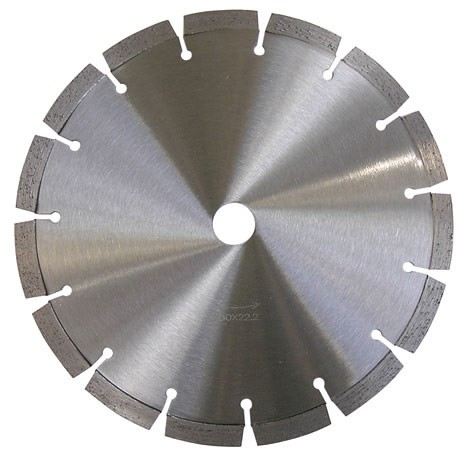How to Cut Paving Slabs Without an Angle Grinder
In some cases, especially for beginners, when decorating, the question arises sharply about how to cut tiles without a tile cutter? Sometimes the desire to do without special equipment is justified, since the finish area is very small. Therefore, you can now learn how to do without a special cutter for tiles.
What is this article about
The principle of cutting ceramic tiles
In order to figure out how and how to cut tiles without a tile cutter, you need to understand how it is generally cut and what kind of cutters are. In the event that the device is mechanical (manual), then a wheel with a victorious soldering is used as a knife there. But, the electric units are discs with fine diamond spraying.

In the case of mechanics, cutting is not complete. The winning wheel makes only a strip up to 0.2-0.3 mm deep, after which the tile simply breaks with the use of mechanical force. The electric machine cuts the tile completely, and there you can change the angle of the disc, cutting the face by 45ᵒ.
The denser the ceramic structure, the more difficult it is to make a mechanical cutting. The tile may break in the wrong place where the fishing line was held. But with a diamond disk of the winning machine you can cut a strip of 3-5 mm wide and it will remain intact. Based on this information, you can figure out how to cut a tile without a tile cutter.
Using glass cutter
So, if you do not have a mechanical or electrical special device, then you can use a victorious or diamond glass cutter, provided it is quite sharp. But here you can only make rectilinear deepening about angular (rotary) options you will learn below.
First of all, mark the panel. Put two marks with a marker or pencil that will correspond to the correct cutting. Take a short level or a very flat rail attach to the set points with an indent of 1.5–2 mm. On each of the marks, make sure that the wheel or cone exactly matches them when you press the bar against the guide.
Carry the line in one pass with vertical pressure (not very strong). Usually it is enough to go through the glazed coating so that the break occurs exactly along it. Place the tile on the edge of the table or stool so that it coincides with the groove made, and sharply push on both sides. The result should be two fragments of the desired size.
But how to cut the tile, if you need to separate only a narrow strip, because pressing on the other edge will be simply impossible? For this, the fishing line of the recess is done in the same way as described above, but the strip itself will have to be broken off with nippers or pliers in small fragments.
If the ceramic is too thick (floor), in such cases, after passing the glass-cutter, you can put the tile on a stool, kneel on it and sharply hit with two palms on the hanging side. You can also hold your finger in a vise by applying bars to the line on two sides and also break off with a blow.
Using Angle Grinder
But how to cut a tile if the cutting line is not straight, but in the form of an angle or even an arc? To do this, you can use an angle grinder (angle grinder) and a diamond blade. Only here it is important to take into account the thickness of the circle. The smaller it is, the better the face will be and there will be no chips.
The larger the diameter of the disk, the thicker it is, so if with a diameter of 150–200 mm its thickness will be 2.5–3.0 mm, then with 115–125 mm it will be 1.0–2.5 mm, respectively. Therefore, in such cases, even for a large angle grinder, it is better to use small circles.
To avoid chips as much as possible, the translational movement should be towards the front surface, and not from it. In addition, to cut the corner, one line can be made with a glass cutter and the other with a diamond blade.
If you are interested in how to cut ceramic tiles with an arc without a tile cutter, for example, to bypass the toilet drain, then know that you can use the same diamond blade on an angle grinder and glass cutter. To do this, draw the desired bend with a marker on the surface and pass along it with a glass cutter. This will result in fewer chips.
After that, rinse to the deepening that part that will go to waste (strips no more than 15-20 mm wide). Then carefully break off these fragments with nippers or pliers. The remaining irregularities level the angle grinder.
Such methods were used at a time when there were no tile cutters at all (in any case, in the USSR), only instead of an angle grinder an abrasive wheel was used in the machine. And now the lack of a special device is not such a dilemma, since complex lines can be made using a diamond disk on an angle grinder, which was discussed above.